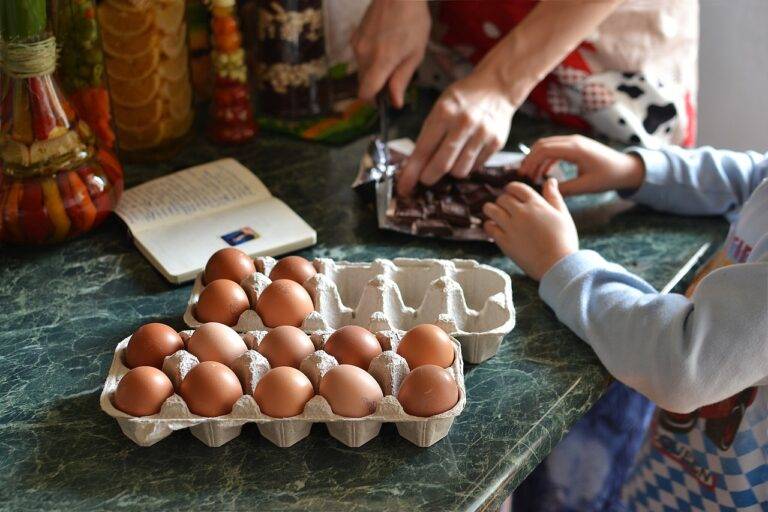The Art of Creating Perfect Pasta Dishes
One of the key components of creating mouthwatering pasta dishes lies in the quality of ingredients used. Choosing fresh and high-quality ingredients can elevate the flavors of your pasta creations to a whole new level. From ripe tomatoes and fragrant herbs to premium cheeses and extra virgin olive oil, each ingredient plays a crucial role in enhancing the overall taste and aroma of your pasta dishes.
For a classic pasta dish like spaghetti pomodoro, opting for San Marzano tomatoes, fresh basil, garlic, and Parmigiano-Reggiano cheese can make all the difference in terms of taste and authenticity. The sweetness of the tomatoes, the sharpness of the garlic, and the depth of flavor from the Parmesan come together to create a simple yet delightful harmony that will leave your taste buds singing. Remember, when it comes to ingredients for your pasta creations, quality always trumps quantity.
Choosing the Right Pasta Shape for Your Dish
When it comes to pasta dishes, the shape of the pasta plays a crucial role in determining the overall taste and texture. Different pasta shapes are designed to complement specific types of sauces, ingredients, and cooking methods. For instance, long and thin pasta like spaghetti or linguine pairs well with light olive oil-based sauces or seafood dishes, while short and tubular pasta like penne or rigatoni are ideal for hearty tomato-based sauces or creamy dishes.
In addition to the sauce pairing, the shape of the pasta also affects how well the sauce adheres to it. For example, ridged pasta shapes like fusilli or penne rigate are great for capturing thick and chunky sauces, as the ridges provide surface area for the sauce to cling to. On the other hand, smooth pasta shapes like fettuccine or tagliatelle work best with smooth and creamy sauces, allowing the sauce to coat the pasta evenly for a velvety mouthfeel.
How do I know which pasta shape to use for my dish?
Consider the texture of your sauce and the ingredients you are using. For example, a chunky sauce like a Bolognese pairs well with a tube-shaped pasta like rigatoni, while a light cream sauce goes nicely with fettuccine.
Can I substitute one pasta shape for another in a recipe?
While you can definitely experiment with different pasta shapes, keep in mind that each shape is designed to hold onto certain types of sauces. It’s best to stick to the recommended shape for the best results.
Are there certain pasta shapes that work better for specific types of cuisine?
Yes, certain pasta shapes are traditionally used in specific cuisines. For example, spaghetti is commonly used in Italian dishes, while soba noodles are popular in Japanese cuisine. Consider the cultural origins of the dish you are making when choosing a pasta shape.
How can I prevent pasta shapes from sticking together while cooking?
Make sure to stir the pasta occasionally while it is cooking to prevent it from clumping together. Adding a bit of olive oil to the cooking water can also help prevent sticking. After draining the pasta, toss it with a bit of sauce or olive oil to further prevent sticking.





